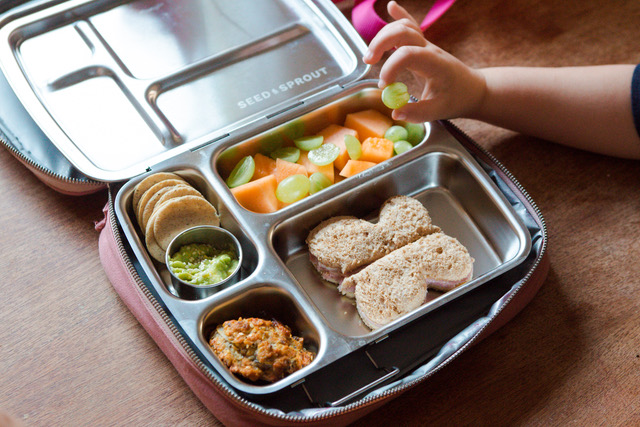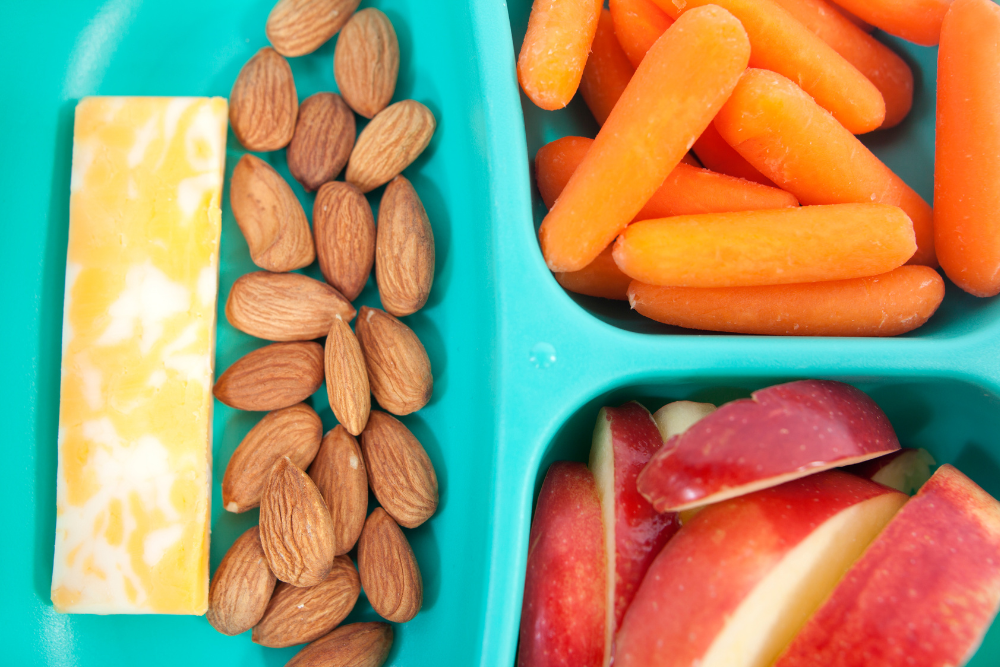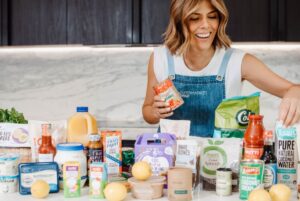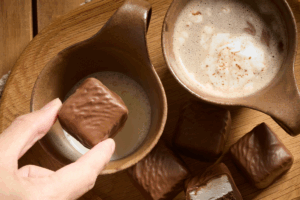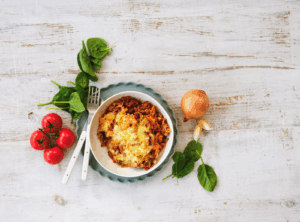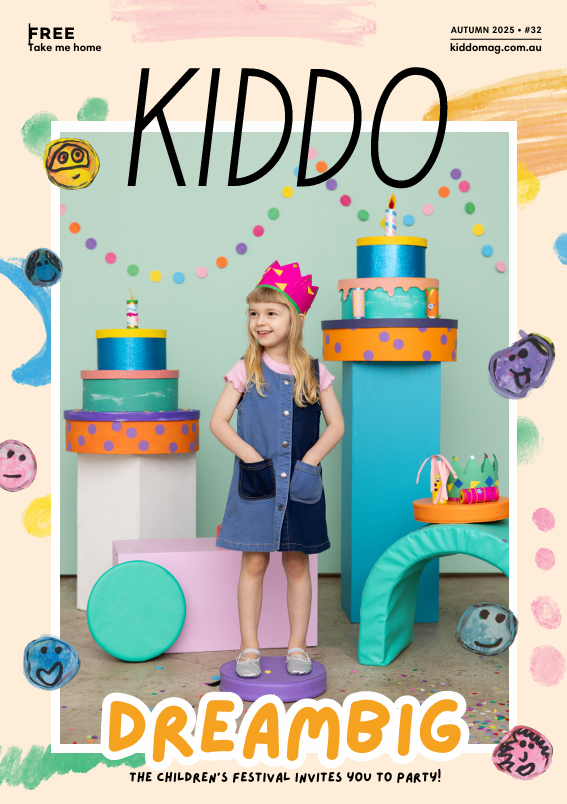WORDS: Lucy Budzynski, Nutritionist and mum of two girls
I like to think about food in two different ways – as fuel for their brains leading our children to have enough mental energy and be in the best mind-frame to learn, and as nourishment for their brains so they have all the building blocks for their brains to create and maintain connections necessary for improved cognition and learning outcomes. The brain’s number one fuel source is carbohydrates, micronutrients are the main source of nourishment, and fat and protein are used for both. If we look at food in this way, we can be sure we are offering all of the nutrients our childrens’ brains need for optimal growth and development.
Before school
We want to offer foods high in fibre and protein for the morning to help our children with sustained energy and to keep their tummies full until their morning snack time – a rumbly belly isn’t going to help our children concentrate. Studies have shown that skipping breakfast leads to a decreased ability to problem solve by late morning, and a balanced breakfast is related to positive changes in mood, attention and motivation.
- Porridge, or a wholewheat cereal, topped with full-fat milk, yogurt and fresh or frozen berries sprinkled with cinnamon and a drizzle of honey.
- For the children that find eating first thing in the morning difficult, try a smoothie with full-fat milk, yogurt, fresh or frozen fruit and rolled oats. A spoonful of peanut butter adds another source of healthy fats.
- Whole-grain toast with peanut butter or avocado, and an apple or banana. Simple yet nutritious.
- If you have a bit more time on your hands, try cheesy scrambled eggs with whole-grain toast and avocado.
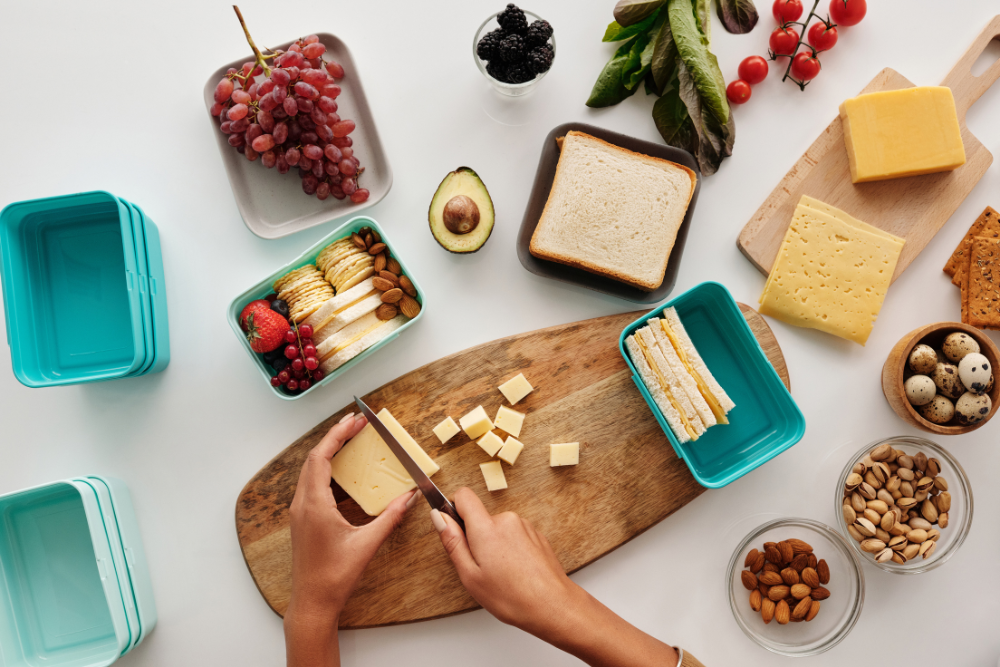
The lunchbox
Our children’s lunchboxes are ⅓ of their food intake for the day, five days a week, and so we want to make sure it is full of wholegrain carbohydrates, healthy fats, good quality protein and loads of vitamins and minerals. In each lunchbox, I try to aim for one serving of fruit, a serving of vegetables, a sandwich on whole grain bread that contains protein and a source of fat, and a small healthy treat like a homemade banana muffin.
Colour and variety are crucial for getting in different micronutrients, and so each week I choose different fruits and vegetables, rather than offer the same things week in and week out. Another form of variety can come from the source of whole grains – instead of always offering a sandwich, try a wholemeal wrap or for an even easier change, swap wheat bread for rye, spelt or sourdough.
The formula
1 to 2 serves of fruit + 1 serve of vegetables + 1 wholegrain/protein/fat main portion + healthy sweet +/- 1 extra serve of protein/fat
Fruit ideas:
- Cut up pieces of watermelon, pineapple or rockmelon
- Grape halves
- Orange or mandarin pieces
- Sliced nectarine, plums, peaches or apricots
Vegetable ideas:
- Veggie sticks of cucumber, capsicum, carrot, beans
- Cherry tomato halves
- Grated veg like carrot
- Veggie skewers with cucumber, cherry tomatoes and capsicum
Wholegrain/protein/fat main event ideas:
- Wholemeal sandwich or wrap with:
- Ham and cheese
- Chicken and avocado
- Tuna and mayonnaise
- Hard-boiled egg and mayonnaise
- Wholemeal pasta with:
- Chicken, sundried tomatoes and bocconcini
- Tuna, broccolini and olive oil
- Zucchini slice made with wholemeal flour
- Wholemeal cheesy vegetable muffins
Sweet treats ideas:
- Banana or apple mini muffins
- Raw balls made with seeds rather than nuts
- Chocolate covered rice cakes
Extra protein and fat ideas:
- Yoghurt pouch or tub
- Boiled eggs
- Cottage cheese to use as a dip for veggie sticks
- Homemade meatball bites using mincemeat or canned fish
Other ideas for the super hungry and active:
- Lightly salted popcorn
- Rice cakes with avocado
- Wholemeal crackers with dip or sliced cheese
After school
I find after school to be a great time to offer cut-up vegetables because they are hungry, they’re more likely to eat them. Chop up some cucumber, carrots, capsicum and cherry tomatoes and serve with a tasty dip like smashed avocado or hummus made with olive oil. It is a great way to get a good dose of micronutrients and fibre in and doesn’t fill them up too much before dinner.
Some points to remember – our job is done once the food is offered, and pack foods you know your child typically likes. I say typically because we all know they love bananas one minute and refuse to go near them the next. Try and get your children involved, for example, get them to choose their fruits and vegetables and chop them up, or get them to help make their sandwiches and wraps. The takeaway
- Food is fuel for our children’s brains as they do the big tasks of growing and learning
- Food is nourishment for our children’s brains to have all the building blocks to create and maintain brain connections
- The lunchbox should be full of wholegrain carbohydrates, good quality proteins and fats, and lots of colourful fruits and vegetables for the micronutrients
- Pack foods your child typically likes
- Get your children involved
Most importantly remember if your children are fed and happy, you’re doing a great job.
